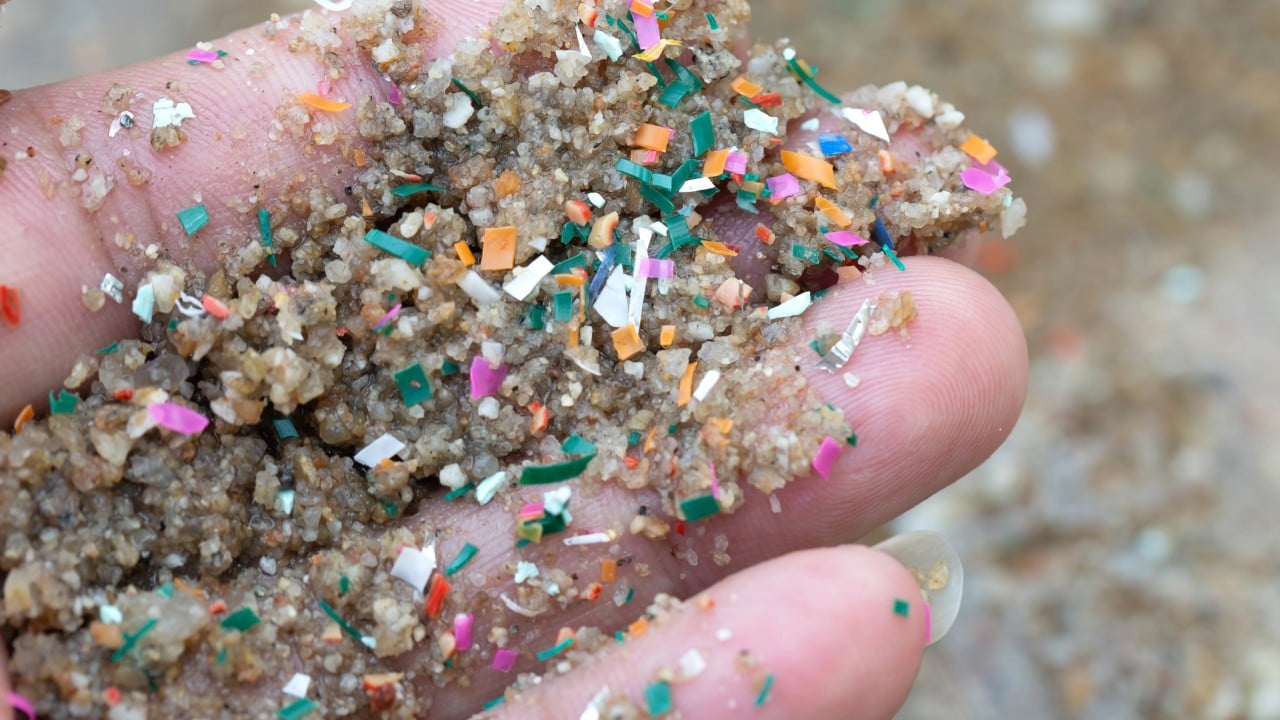More people in Southeast Asian countries could face health risks ranging from liver damage to poor brain development due to rising consumption of microplastics in their food, medical and regulatory experts have warned.
Advertisement
Microplastics are formed when larger plastic items break down. As more animals, such as fish, eat microplastics due to plastic pollution, the near-invisible particles measuring less than 5mm (0.19 inch) can go up the food chain.
“If the microplastics are absorbed by fish and then consumed by humans, it means they will accumulate in humans. That’s dangerous,” said Widodo Setiyo Pranowo, the principal investigator at Indonesia’s National Research and Innovation Agency, according to a report by CNA.
Indonesians were the biggest consumers of microplastics in the world, ingesting 15g per month per person, followed by Malaysians at 12g and Filipinos and Vietnamese at 11g, according to a study by Cornell University released last year.
Consumer products, including drink bottles made from polyethylene terephthalate (PET) and plastic bags, are among the biggest sources of microplastics, with single-use and non-recyclable sachets contributing significantly to ocean plastic waste.
Advertisement
Waste accumulating in landfills posed a major risk as plastics would break down into small particles and enter water sources, said Mufti Petala Patria, a marine biology lecturer at the University of Indonesia.

